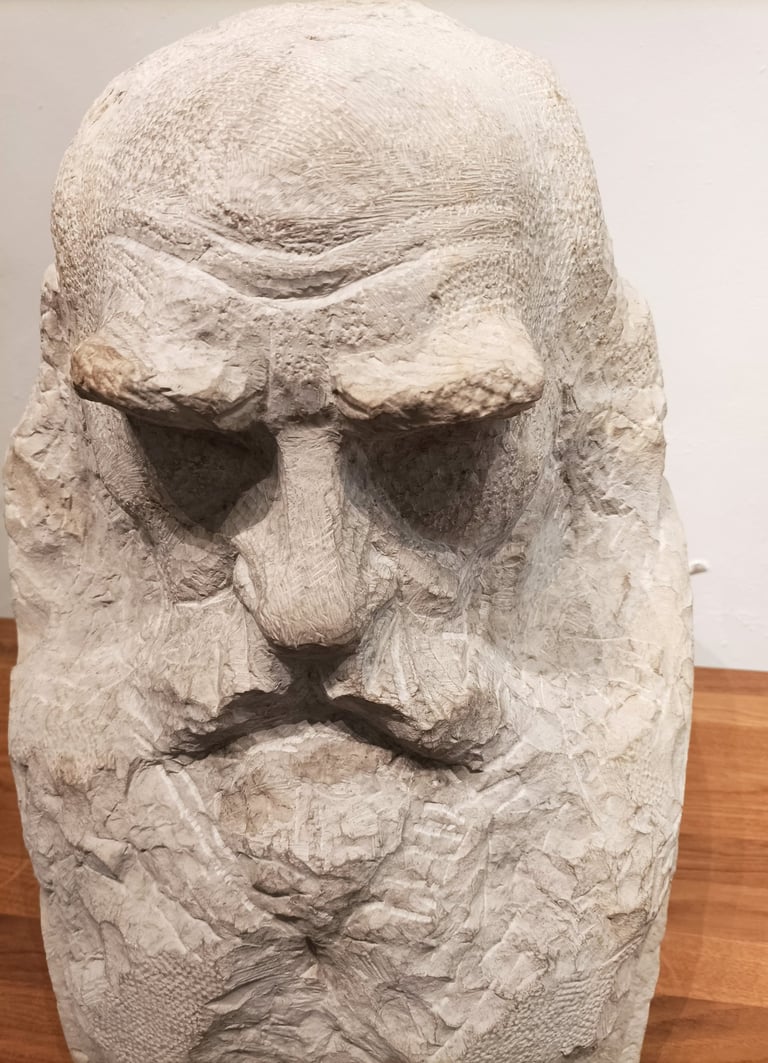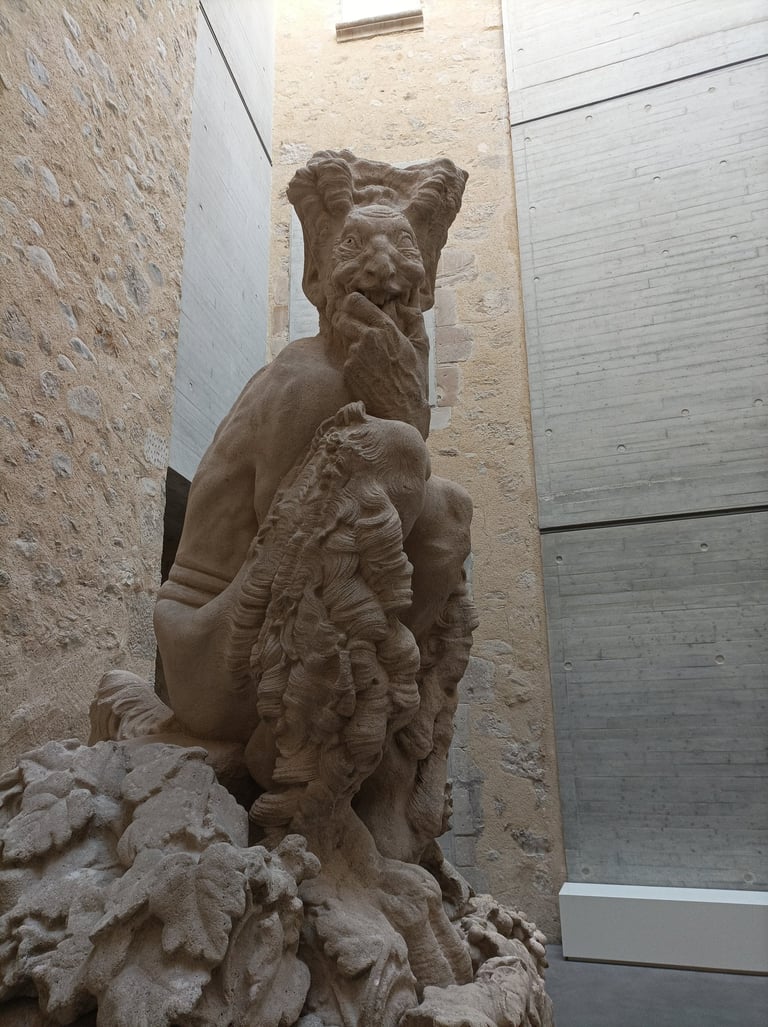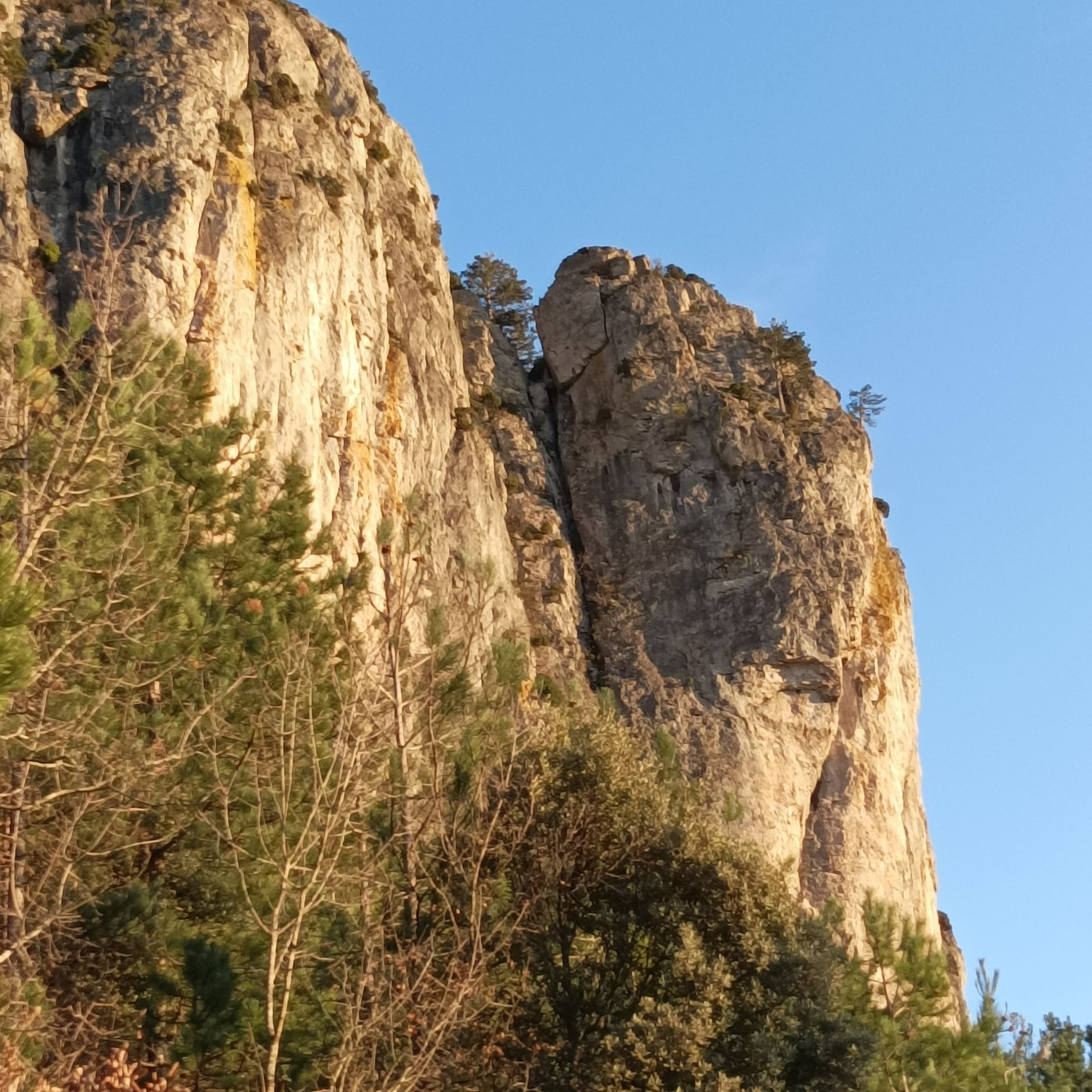
Leave no Stone Unturned
Our Landscape of Stone
BUILDINGS AND ARCHITECTURE FRENCH CUSTOMS AND LOCAL EVENTS
Joan
3/7/20253 min read
In this landscape of cliffs, and boulders, it must come as no surprise that the local stone has been much used ; not only in the construction of buildings from tiny cottages to grand cathedrals, but by farmers and gardeners too. Throughout the region one sees large banks of loose stone which have been cleared from the land. These are known as 'clapas. '
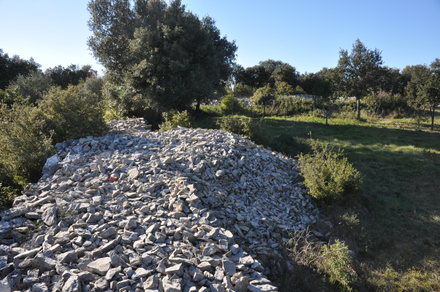

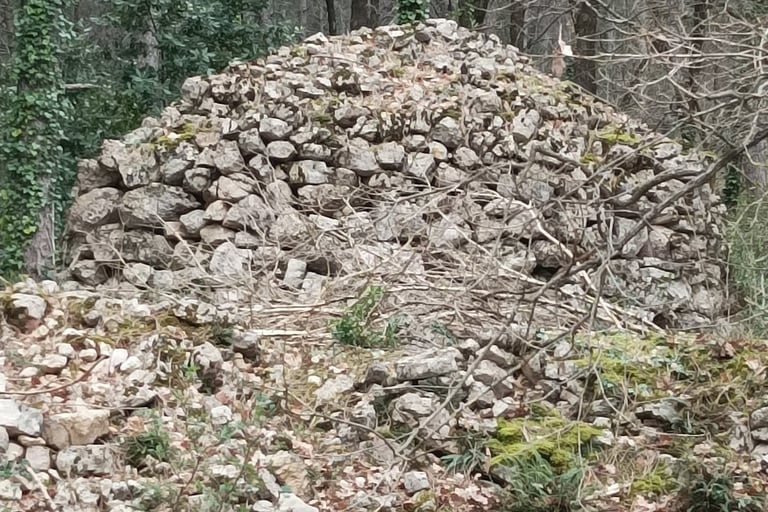

Often agricultural workers would gather some of these stones up to build small shelters for themselves,and in which to store their tools. These are known as cabanes, and they can be seen all over this region. This is a cabane which lies on the edge of our own property. It was constructed when the area was farmed , long before Napoleon decreed that a forest should be planted here.
In our neighbouring village of Soubès one can follow 'La Route des Capitelles, which consists of many fascinating cabanes. Some were elegantly constructed, whilst others were incorporated into the stone walls of the terrasses.
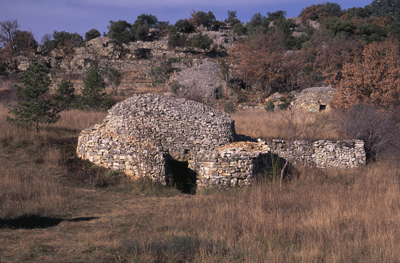


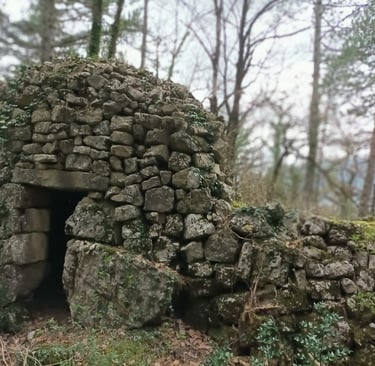
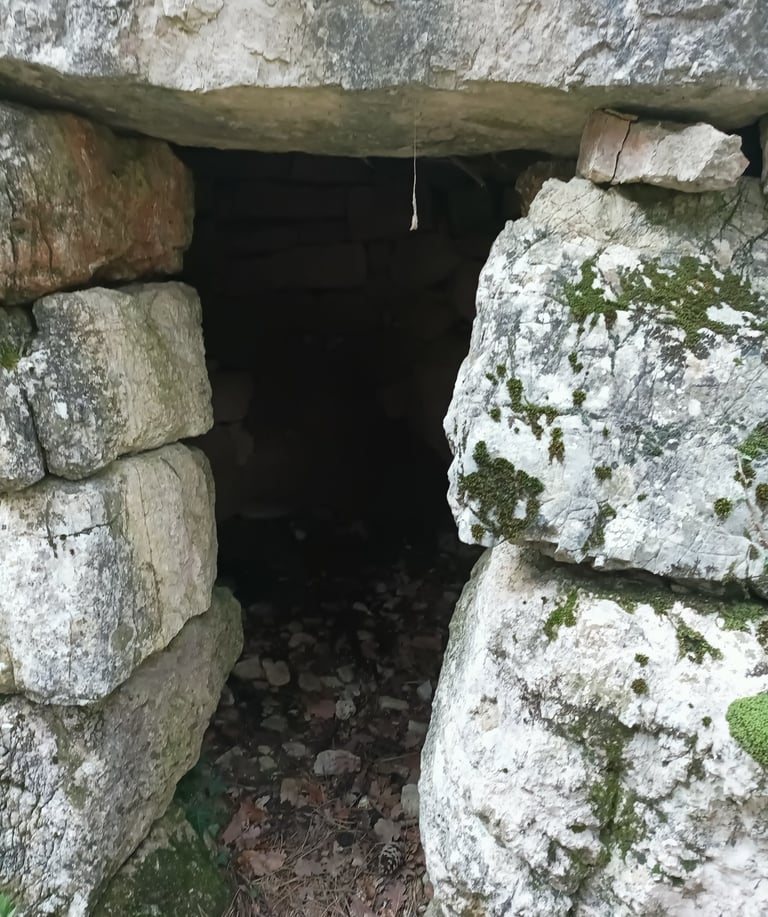

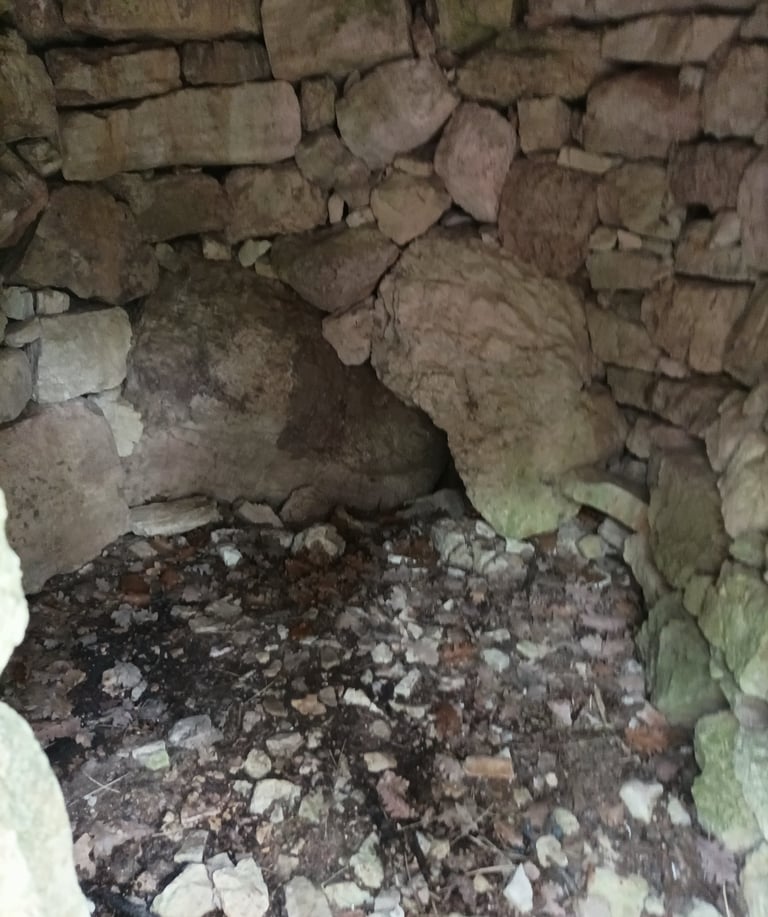

This cabane lies on abandoned agricultural land just outside our gate
On our own property it is no different. The old local stone has been gathered for construction both past and present. Once this steeply sloping valley side was farmed by creating stone terraces, and we can still see evidence of these today at the upper end of our garden.
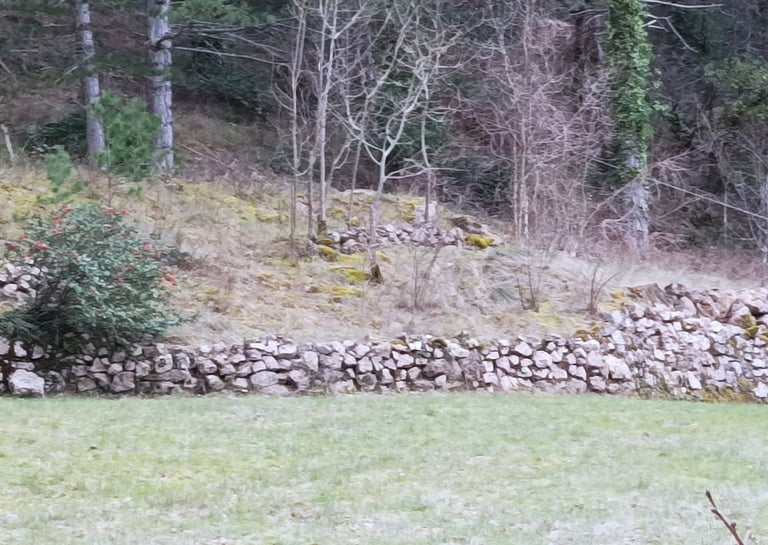

In 1974, a local estate agent obtained planning permission to construct his house on this small parcelle(plot) of land . Not surprisingly, although the house was constructed in block, with clay tiles, garden walls, steps , and a small 'maison de gardien'(caretakers cottage) were constructed in the local stone. Of course, when we were granted permission to extend the tiny stone cottage as a gite, we selected a local builder who is skilled in building with natural stone. There is no better or more aesthetic material than natural stone.
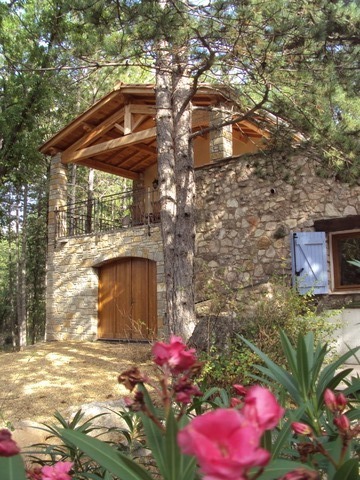


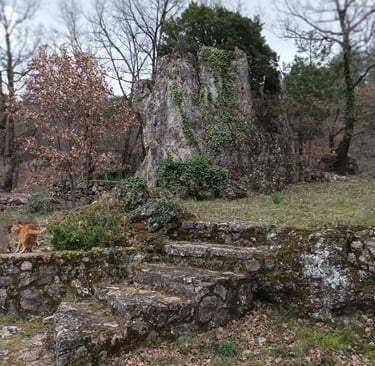
Even today we are keen to use the local stone. It recently came in very useful when we needed to replace our wooden garden edging that was rotting. What more reliable replacement could we find, but our local stone which is literally to be found everywhere we look.
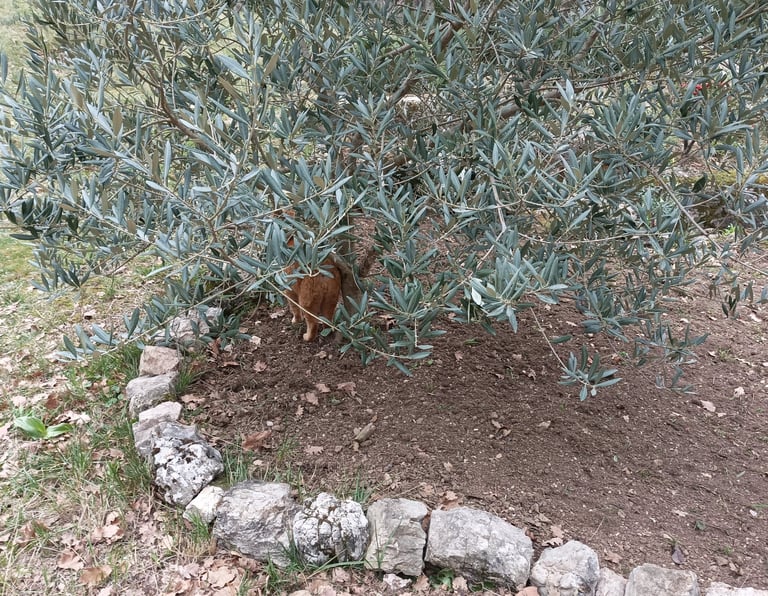

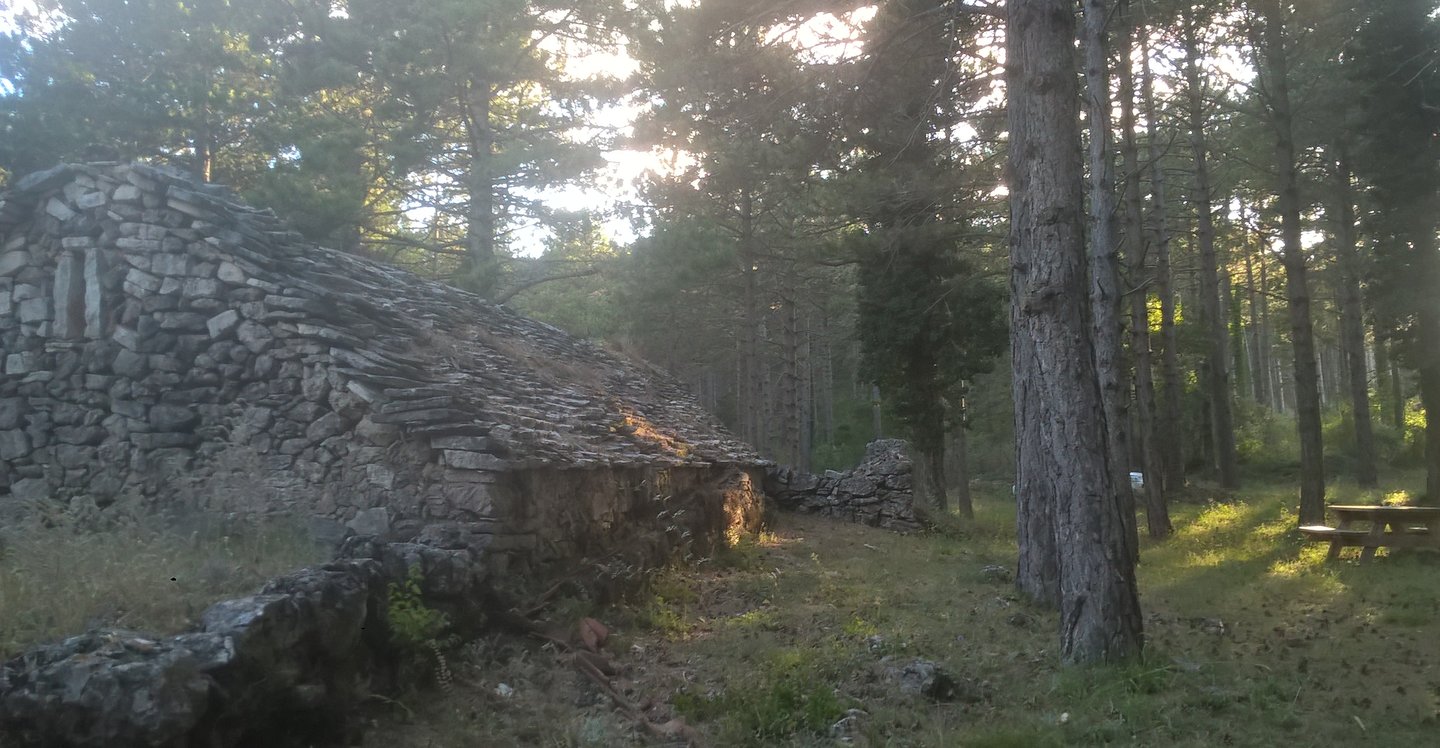

High up in the forest above our house lies an old bergerie, in which the local shepherd would shelter his sheep. Alongside lies a lavogne, which is the traditional stone lined pond where the animals could drink. This is rarely visited nowadays , yet it is well preserved. For me, it represents the most aesthetic use of stone. Just look at the vaulted ceiling ; the stone tiled roof; and the solid walls. These builders were very clever. It is a primitive building with a bare earth floor, but utterly magic.

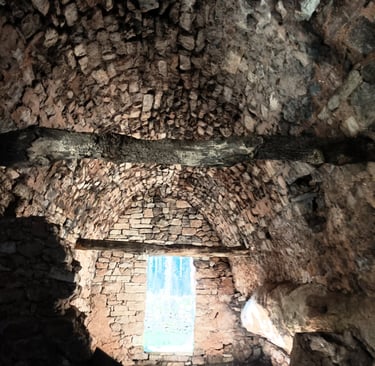
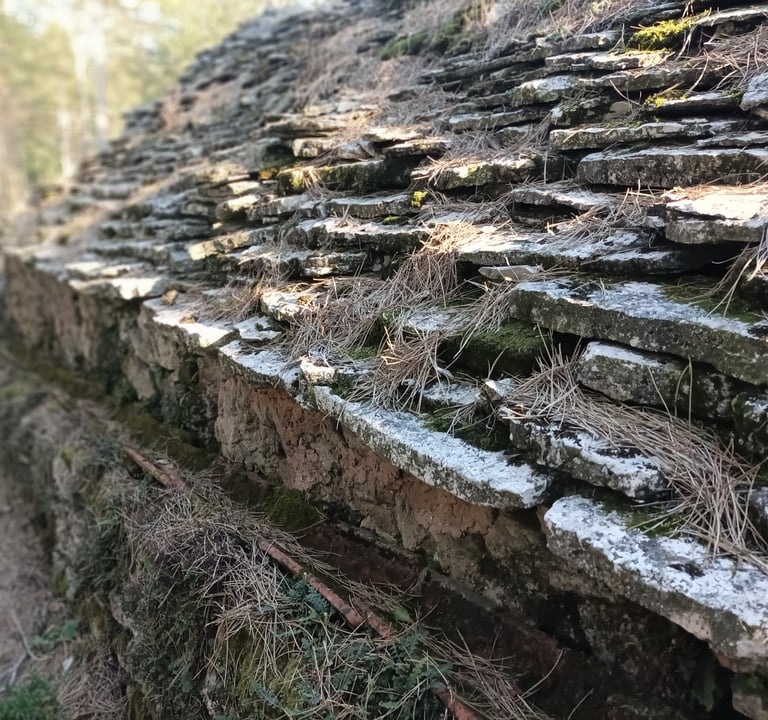

And let's not forget our great local sculptor, Paul Dardé, of whom I wrote in an earlier blog. As a young boy he was inspired to carve pieces of the local stone , that lay all around him. And so he learned to create some absolutely wonderful sculptures. The largest of these dominates the entrance to our local museum, and it would seem to have been created from one single block of limestone.
